Ooh. The odds of Godzilla attacking Los Angeles as opposed to Tokyo have increased! ENEWS. Excerpts:
[...]
In the following years, the tracer cloud continuously expands laterally, with maximum concentrations in its central part heading east. While the northern portion is gradually invading the Bering Sea, the main tracer patch reaches the coastal waters of North America after 5–6 years, with maximum relative concentrations ( > 1 × 10−4) covering a broad swath of the eastern North Pacific between Vancouver Island and Baja California. Simultaneously some fraction of the southern rim of the tracer cloud becomes entrained in the North Equatorial Current (NEC), resulting in a westward extending wedge around 20°N that skirts the northern shores of the Hawaiian Archipelago. After 10 years the concentrations become nearly homogeneous over the whole Pacific, with higher values in the east, extending along the North American coast with a maximum (~1 × 10−4) off Baja California. The southern portion of the tracer cloud is carried westward by the NEC across the subtropical Pacific, leading to increasing concentrations in the Kuroshio regime again.
[...]
Region I = Western Pacific
With caution given to the various idealizations (unknown actual oceanic state during release, unknown release area, no biological effects included, see section 3.4), the following conclusions may be drawn. (i) Dilution due to swift horizontal and vertical dispersion in the vicinity of the energetic Kuroshio regime leads to a rapid decrease of radioactivity levels during the first 2 years, with a decline of near-surface peak concentrations to values around 10 Bq m−3 (based on a total input of 10 PBq). The strong lateral dispersion, related to the vigorous eddy fields in the mid-latitude western Pacific, appears significantly under-estimated in the non-eddying (0.5°) model version. (ii) The subsequent pace of dilution is strongly reduced, owing to the eastward advection of the main tracer cloud towards the much less energetic areas of the central and eastern North Pacific. (iii) The magnitude of additional peak radioactivity should drop to values comparable to the pre-Fukushima levels after 6–9 years (i.e. total peak concentrations would then have declined below twice pre-Fukushima levels). (iv) By then the tracer cloud will span almost the entire North Pacific, with peak concentrations off the North American coast an order-of-magnitude higher than in the western Pacific.
You can find the simulation model video here.
As one ENEWS commenter stated, this study is based on a one time event, as opposed to ongoing radioactive release, which is what is happening. The saturation levels are worthless, but see how it spreads? That's the takeaway, here..
[...]
In the following years, the tracer cloud continuously expands laterally, with maximum concentrations in its central part heading east. While the northern portion is gradually invading the Bering Sea, the main tracer patch reaches the coastal waters of North America after 5–6 years, with maximum relative concentrations ( > 1 × 10−4) covering a broad swath of the eastern North Pacific between Vancouver Island and Baja California. Simultaneously some fraction of the southern rim of the tracer cloud becomes entrained in the North Equatorial Current (NEC), resulting in a westward extending wedge around 20°N that skirts the northern shores of the Hawaiian Archipelago. After 10 years the concentrations become nearly homogeneous over the whole Pacific, with higher values in the east, extending along the North American coast with a maximum (~1 × 10−4) off Baja California. The southern portion of the tracer cloud is carried westward by the NEC across the subtropical Pacific, leading to increasing concentrations in the Kuroshio regime again.
[...]
Region I = Western Pacific
With caution given to the various idealizations (unknown actual oceanic state during release, unknown release area, no biological effects included, see section 3.4), the following conclusions may be drawn. (i) Dilution due to swift horizontal and vertical dispersion in the vicinity of the energetic Kuroshio regime leads to a rapid decrease of radioactivity levels during the first 2 years, with a decline of near-surface peak concentrations to values around 10 Bq m−3 (based on a total input of 10 PBq). The strong lateral dispersion, related to the vigorous eddy fields in the mid-latitude western Pacific, appears significantly under-estimated in the non-eddying (0.5°) model version. (ii) The subsequent pace of dilution is strongly reduced, owing to the eastward advection of the main tracer cloud towards the much less energetic areas of the central and eastern North Pacific. (iii) The magnitude of additional peak radioactivity should drop to values comparable to the pre-Fukushima levels after 6–9 years (i.e. total peak concentrations would then have declined below twice pre-Fukushima levels). (iv) By then the tracer cloud will span almost the entire North Pacific, with peak concentrations off the North American coast an order-of-magnitude higher than in the western Pacific.
You can find the simulation model video here.
As one ENEWS commenter stated, this study is based on a one time event, as opposed to ongoing radioactive release, which is what is happening. The saturation levels are worthless, but see how it spreads? That's the takeaway, here..







































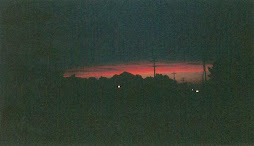





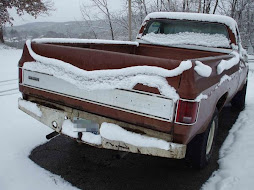








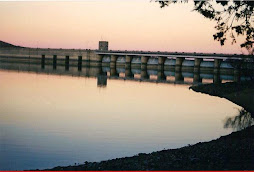






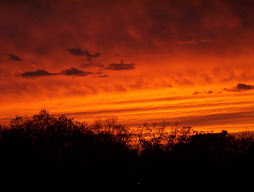
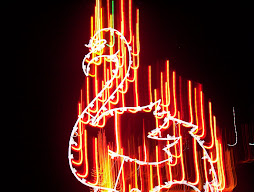




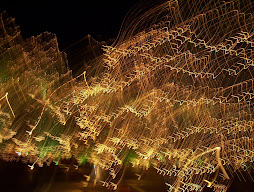

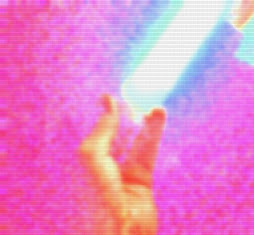
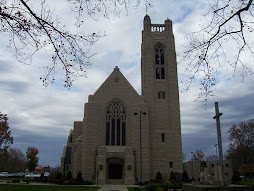









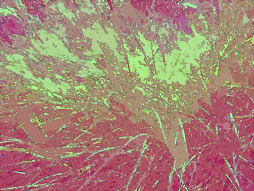
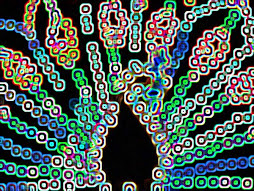









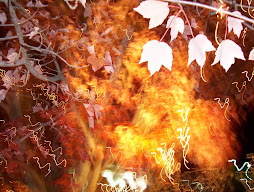

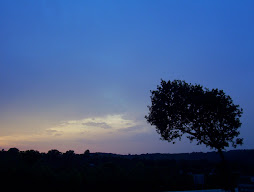







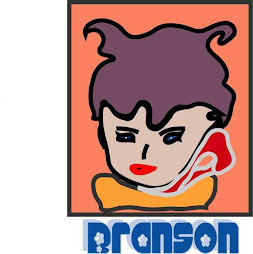



No comments:
Post a Comment